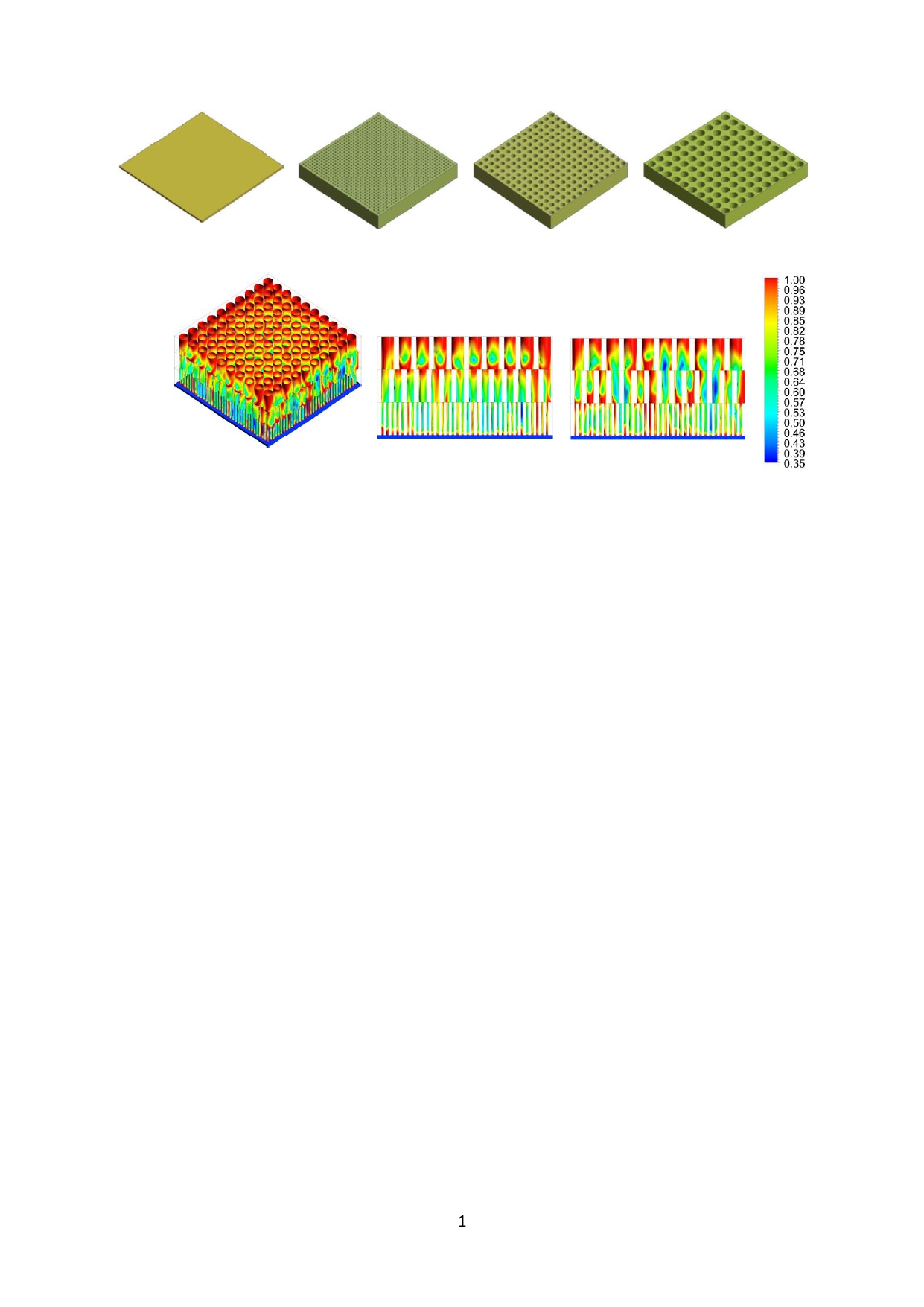
Numerical Analysis of The Multilayer Structures Melting with Different Hole Network with Phase Change Material
DOI Number https://doi.org/10.52924/ZBHA5406
Received: 18.07.202
Accepted 30.09.202
Published 01.10.202
Summary:
In recent years, the effects of parameters such as porosity ratio, pore sizes, geometries, and surface area density on the performance of porous media phase change materials have also been investigated. For thermal energy storage systems (TES), porous media are widely used to increase the thermal conductivity of the phase change material. In addition, geometric parameters affect flow, heat transfer, and melting solidification. In this study, the heat transfer performance of multilayer structure with different surface geometries and the control of the melting rate of the phase change material was investigated in terms of energy efficiency. The results were obtained by modeling the studies in the Computational Fluid Dynamics (CFD) program. The physical model is obtained by creating multi-layer structure with different surface geometries in each layer, thanks to the additive system. Modeling was carried out for natural convection depending on time. Paraffin was used as the phase change material. In the present study, the distribution of melting isotherms gives more proportional results for the selected geometry. In addition, the proposed physical model is a subject that can be encountered in engineering applications, thermal design engineering. In this respect, it is thought that the results obtained from the study, especially in the field of energy storage, will fill an important gap.
Graphical Abstract:
